Recently, we took a couple of weeks’ break from our life in The House That Worked Out and visited Japan for a holiday. There is nothing quite like visiting another culture to get some perspective on one’s life, and Japan was a great choice for this. In many ways, life in Japan is the polar opposite to our lives here in Tasmania. Here are some of the main differences which stood out for us.
- Use of Outdoor Space
Perhaps the biggest standout for me was seeing how the Japanese use space. We already knew that Japanese homes are small, and that Japan leads the way in cool, space-saving architecture, but it was out in the rural areas that we were struck by how economically they use their land. There were gardens planted in hankerchief-sized plots, citrus groves on steep, marginal slopes receiving only half a day’s sun, maples planted in shady interior atriums…this is in huge contrast to the sprawling nature of our own homestead at the House that Worked Out. The way Japanese use outdoor space was a revelation, and it is affecting our ideas for our own use of space- one I will discuss in a future post.
Here is a tiny traditional garden in the shady space in the centre of a town. It wouldn’t receive more than 2 hours of sunlight per day, if that!
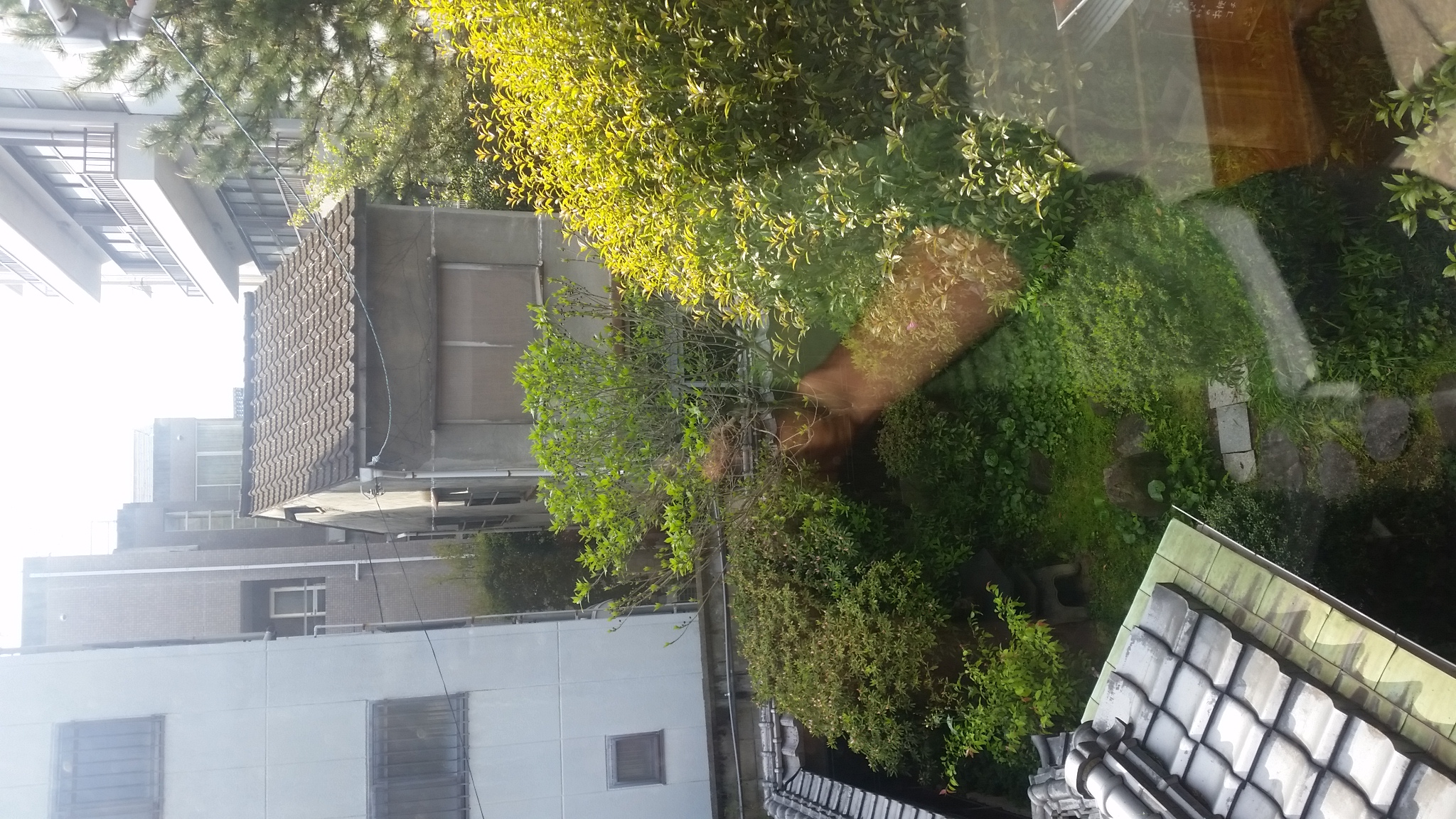
2. Convenience of Travel
Travel in Japan is just so EASY. We had Japan Rail passes, and we made good use of them, travelling thousands of kilometres. The trains were fast, comfortable, and always, always on time.
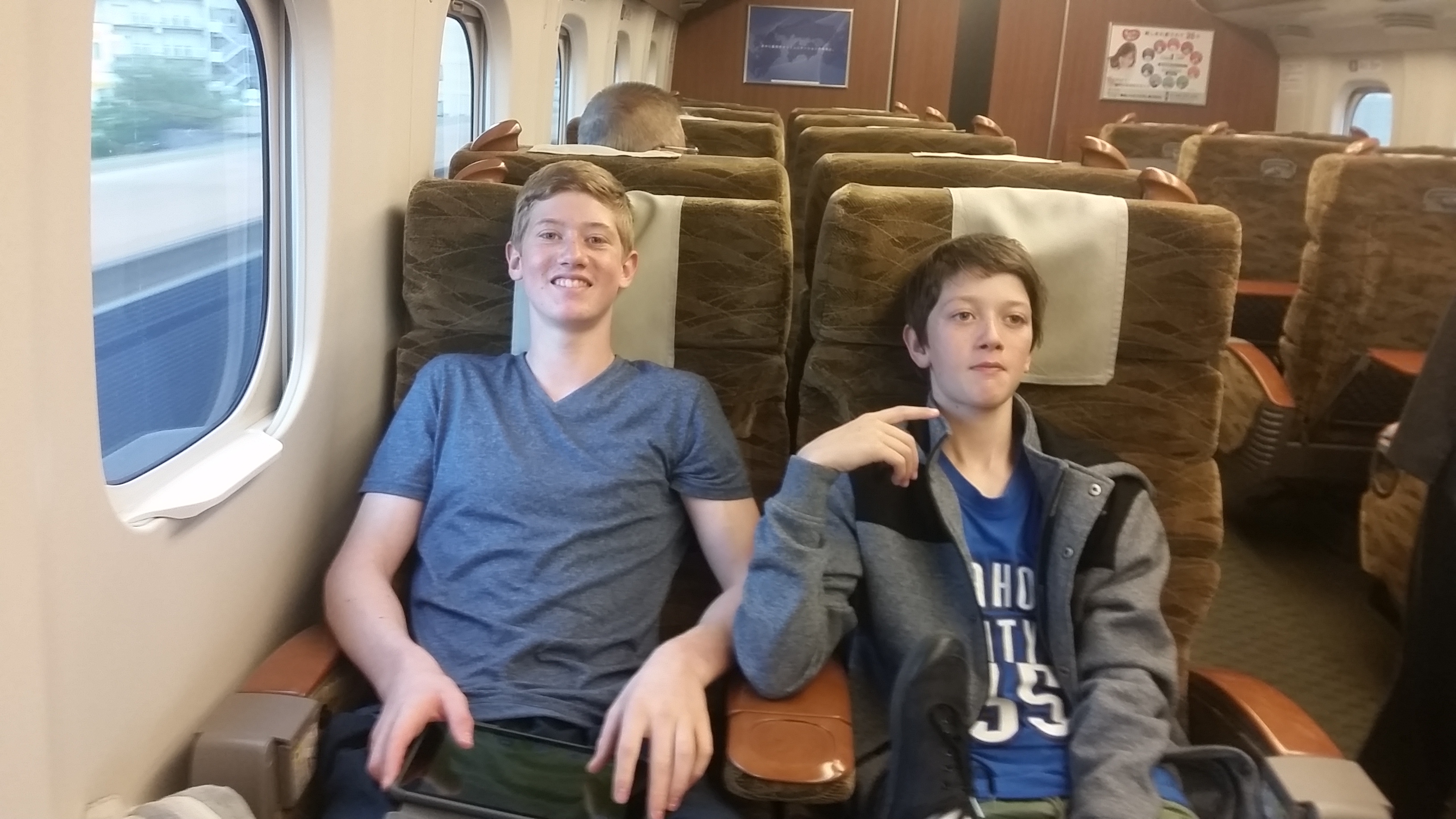
As well as the trains, we also did a bit of travel on buses and bikes. Again, everything was so convenient. There was plenty of infrastructure set up for bikes- purpose-built bikeways, designated bike lanes on public roads, bike lock-up areas, and drivers are wonderfully respectful of cyclists on the road.
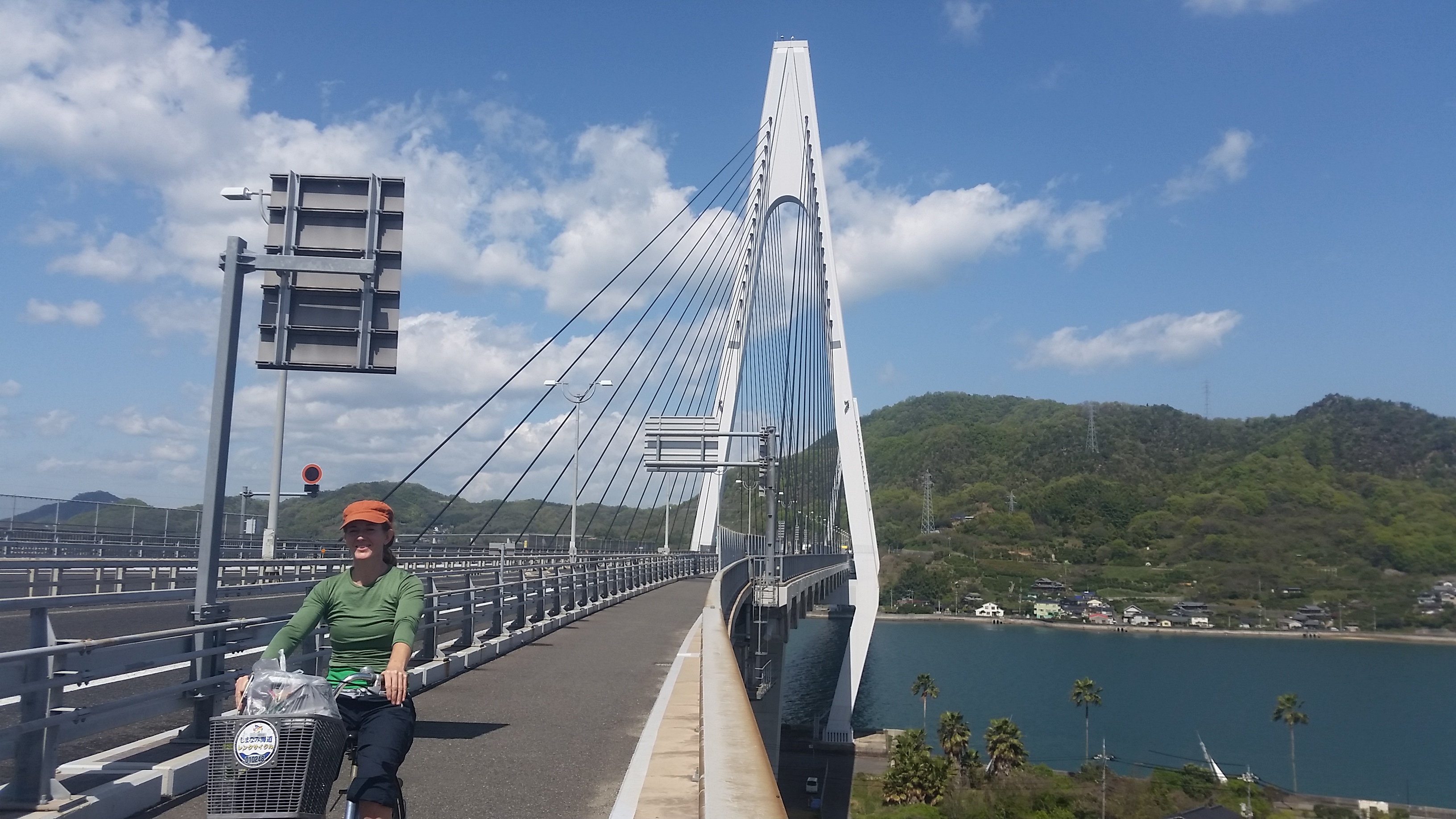
Here in Tasmania, aside from the school buses, we never use public transport. To get anywhere, even to public transport, we first drive. We like to get out and cycle together, but we always drive to a safe bikeway; we have cycled from our house before, but Tasmanian drivers are not as tolerant of bikes as drivers in Japan, and it is simply too unsafe.
Our holiday in Japan made us long for more eco-friendly travel here in Tasmania! A bikeway out to our house would be nice…
3. PACKAGING PACKAGING PACKAGING
We were astounded at the excess of packaging in Japan. We are particularly sensitive to packaging because we do not have rubbish collection at The House That Worked Out. We recycle glass, take tins to a recycling centre, and we use all paper and cardboard products on the property as mulch. The only rubbish we cannot manage is plastic (which is why it drives us crazy when Woolworths is selling sweet potatoes in pre-packaged containers cheaper than the loose sweet potatoes! BAD, Woolworths, bad!).
In Japan…everything is pre-packaged. For our family of four, a lunch bought at a convenience store meant a full plastic bag of rubbish in packaging. Hard boiled eggs are sold individually in little containers. Rice crackers come individually wrapped within a plastic bag. We bought a bag of wasabi peanuts; inside the bag were little individual bags, each containing about 4 wasabi peanuts…This may be ultra-hygienic, and it is undoubtedly very convenient, but what a lot of waste! (Interestingly, we hardly came across any public rubbish bins in our travels, yet everywhere was extremely neat).
We got used to the packaging pretty fast, but upon arriving home, we are even more rubbish-conscious.
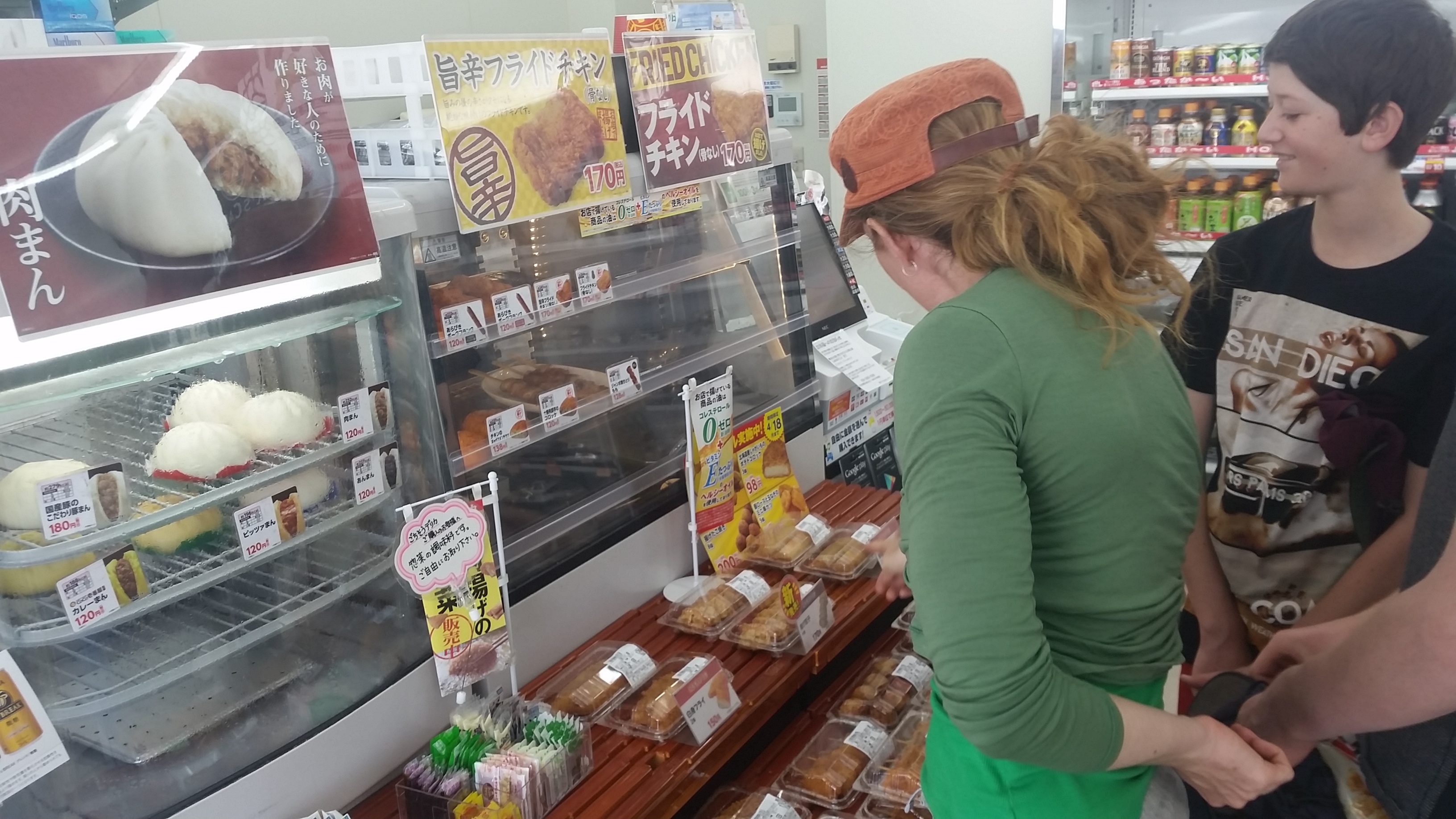
4. Lights and Power
Bright lights are not unique to cities in Japan. We would have been overwhelmed by the lighting in any major city. But Akihabara, Tokyo’s electric town, was a startling wonder of lights and sound. It was a lot of fun and we loved our time there, but we all wondered, what does it take to POWER a place like that? And how can something like that be sustainable?
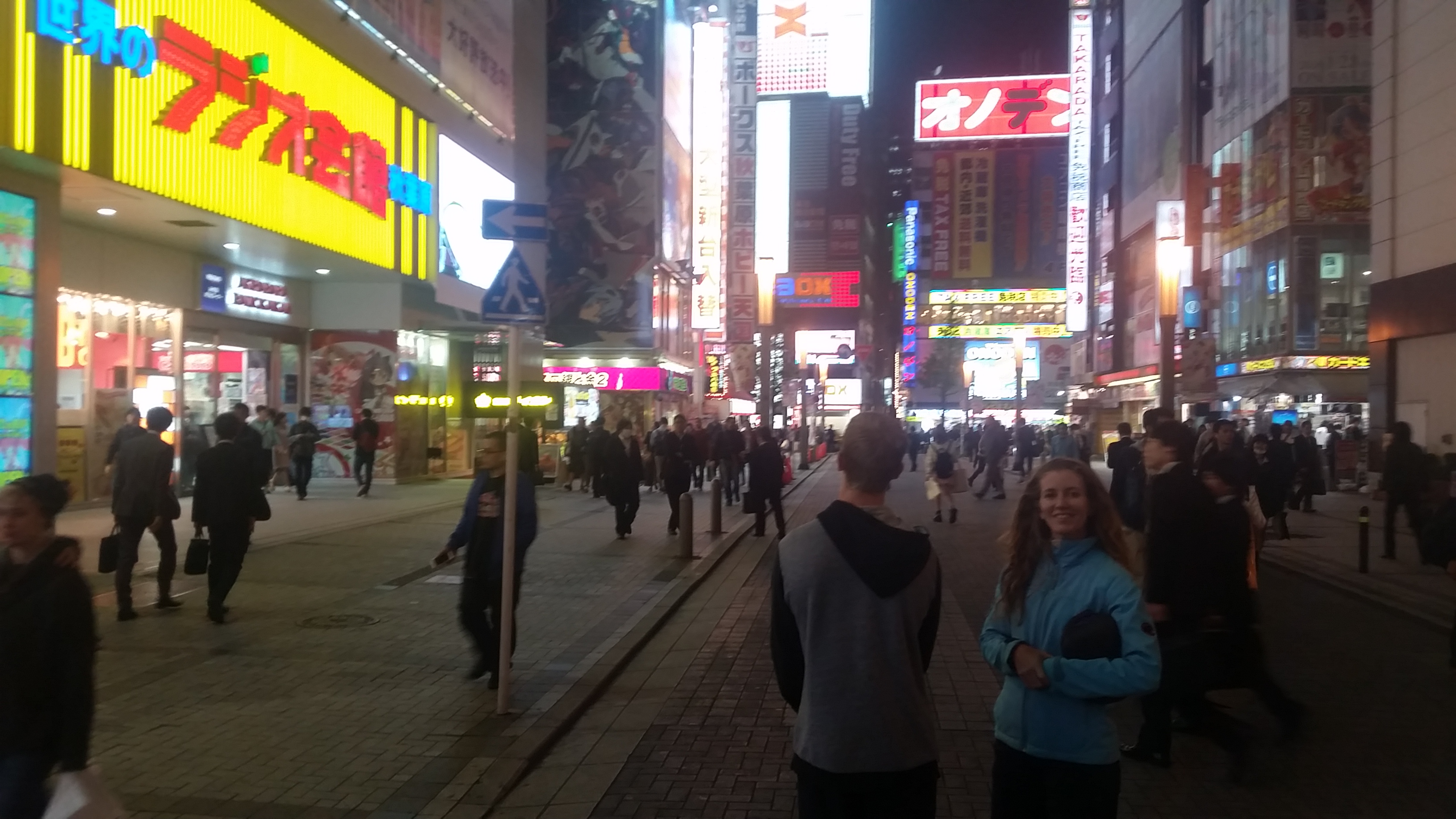
Disneyland’s electrical parade was another example of exorbitance and excess (while still being wondrous).
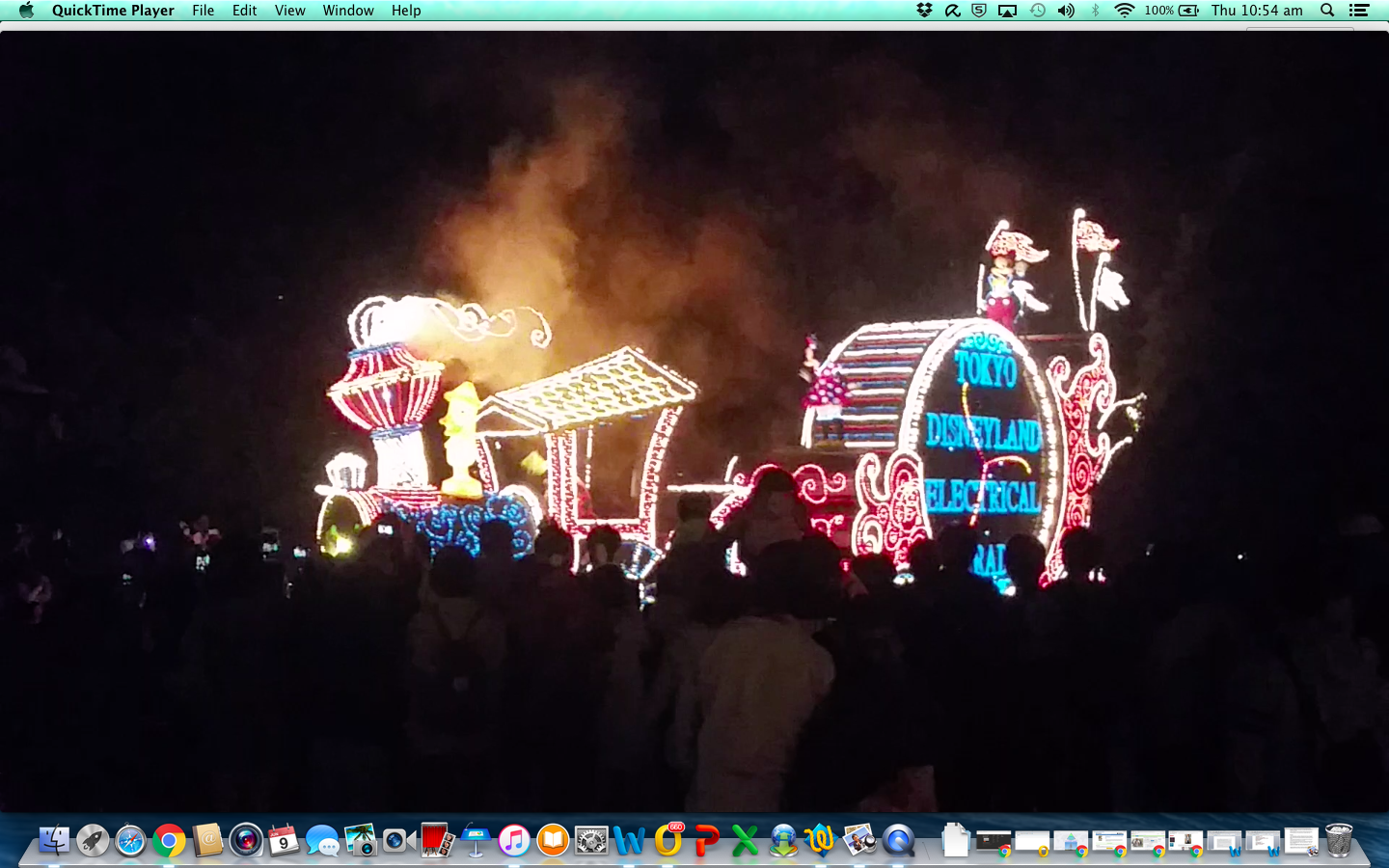
And even something as ordinary as going to the toilet- most of the toilets we visited had heated seats, powered consoles, sensor- triggered flushes…
We live with a power system of less than 1KW. At night, we light the areas we need in order to carry out the tasks we are doing. In general, the whole house is fairly dim. To be honest, I like a well-lit place, but we live within our current electrical means: we are able to play musical instruments, watch TV, do the washing up, play the computer, all without the house blazing like a birthday cake. The fact is, humans are diurnal animals. Aside from the huge amount of energy required to turn night into day, I wonder how good is it for us healthwise?
And there is no way we would ever have been tempted to install a toilet which draws any power. We are free to toilet as many times as we like, knowing it makes no difference to our battery stores. (Our water stores is another issue).
5. WATER
And speaking of water stores, BATHING in Japan was another stand-out. Water is in plentiful supply in Japan, and the tradition of onsen-bathing is a reflection of this. Our teenage sons experience some trepidation when faced with the prospect of public bathing, but we all loved it. It was a wonderfully relaxing way to end our very physical days, and we always felt so clean!
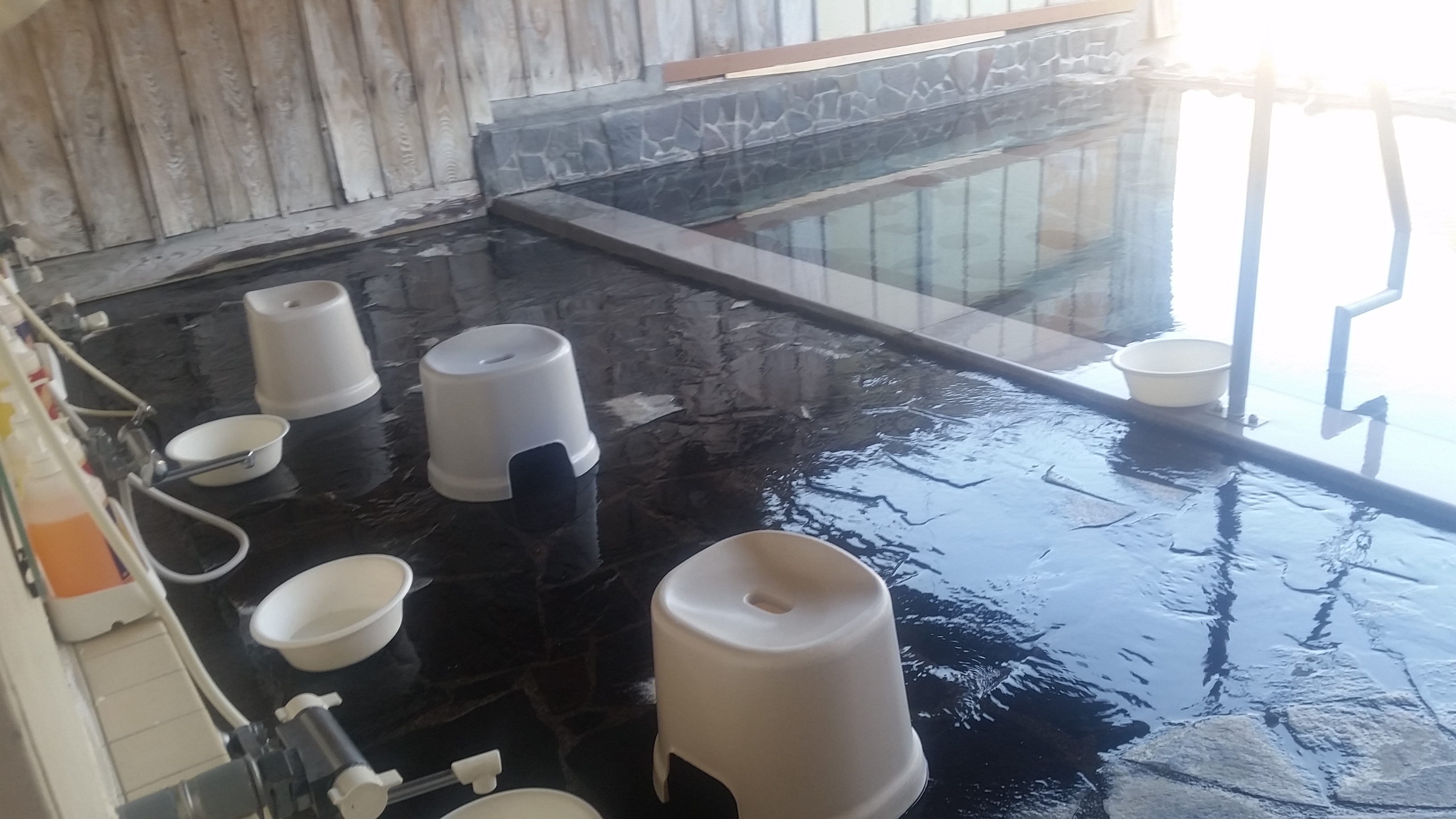
Compare this to our bathing habits when we first lived in our cordwood cabin- even once we had indoor plumbing, the boys would sometimes only bathe once a week. Those days are long gone, with everyone now showering daily, but the ritual of bathing in Japan was still an eye-opener for us all. We have plans to construct a little Japanese bathhouse. Water will always be a precious commodity here, but we figure after a lot of rain, we can treat ourselves with a lovely rotenburo.
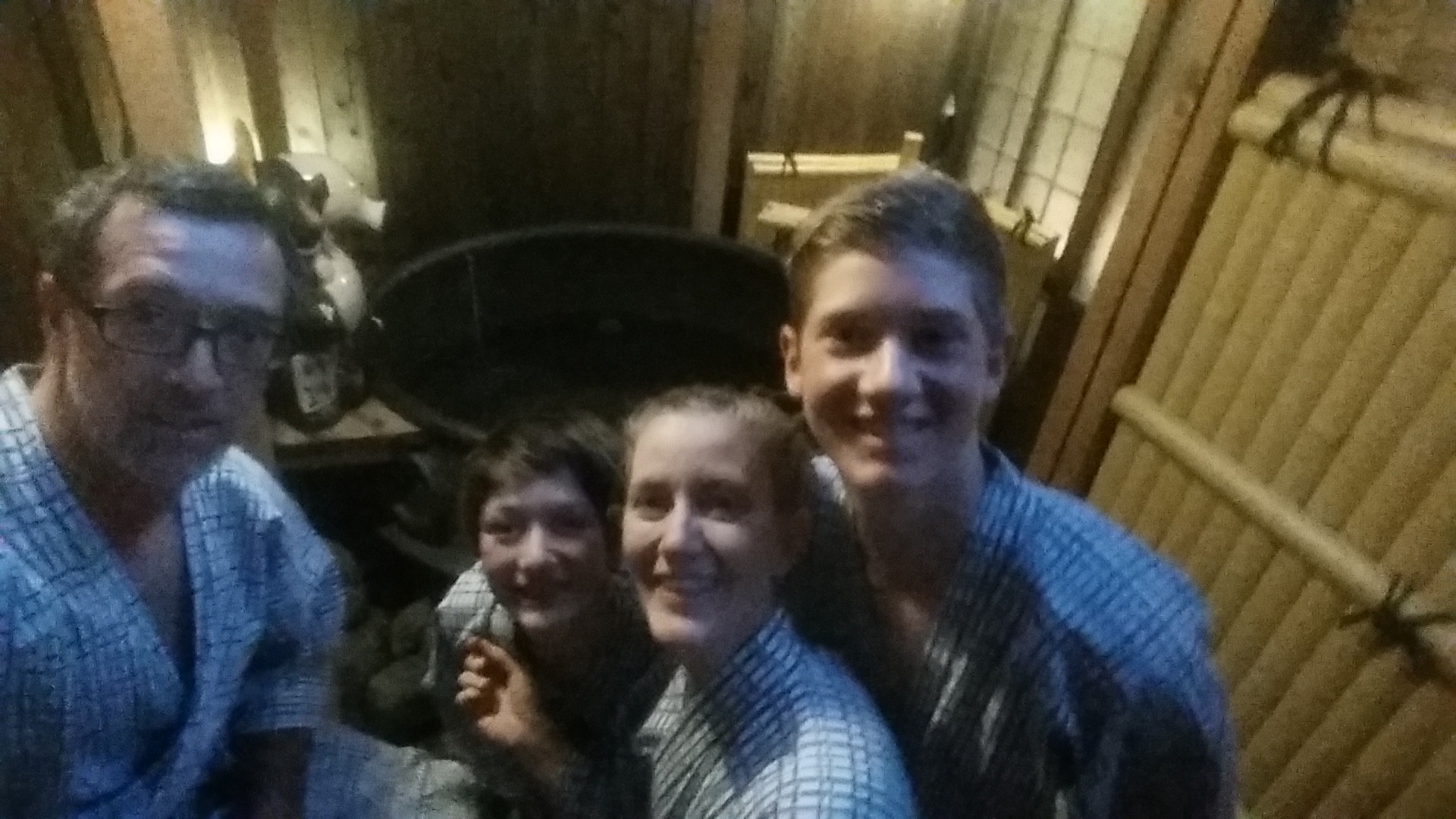
We absolutely loved our time in Japan. We learned some great lessons in regards to use of space, envied the convenience of good public transport, we were enthralled (and shocked) by the amount of un-necessary consumption with regards to packaging and power consumption, and we spent more time bathing than we ever do at home. We returned to The House That Worked Out with a fresh perspective.
I’m grateful we live the kind of life where our kids are aware of excesses. I’m grateful that we know how to live with much less than many people we know. And I’m grateful that we are in a position to go out and enjoy excesses occasionally, always returning to our peaceful, quiet (and dark) existence on the hill.

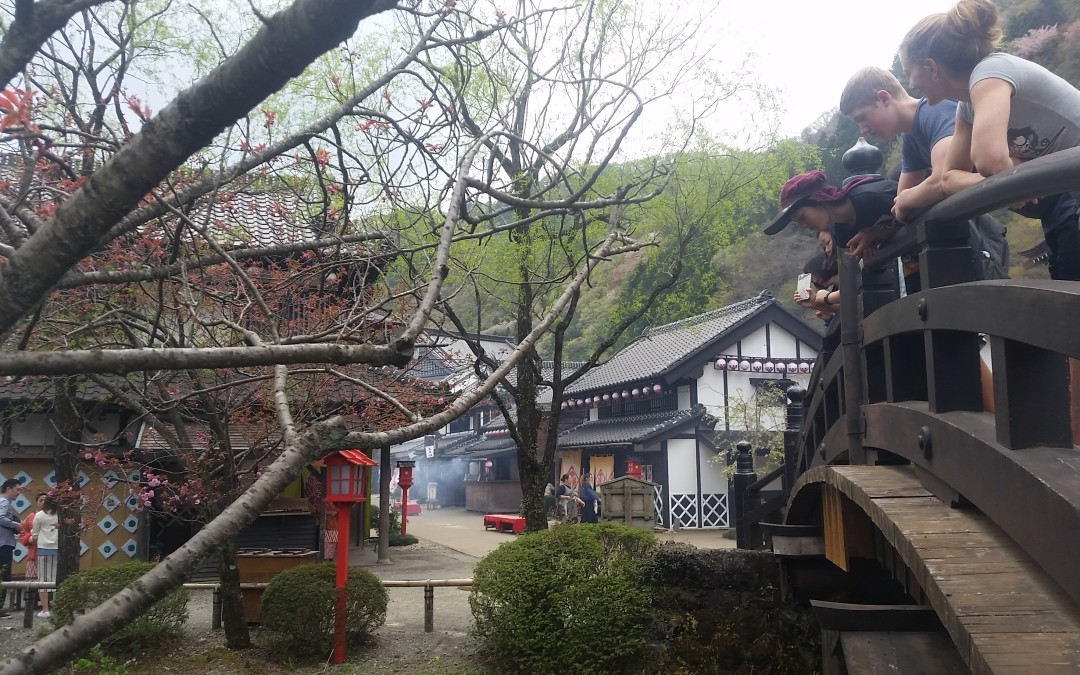
Great line up. We will be linking to this excellent article on our website.
Keep up the great writing.
Thank you!